

Intelligent Network Control
Based on SDN network architecture, we realizes integrated control and on-demand scheduling of underlying computing, caching and communication resources. By integrating AI models in the SDN control layer, real-time bidirectional perception of service requirements and underlying resource availability status can be realized to achieve global intelligent analysis and control.
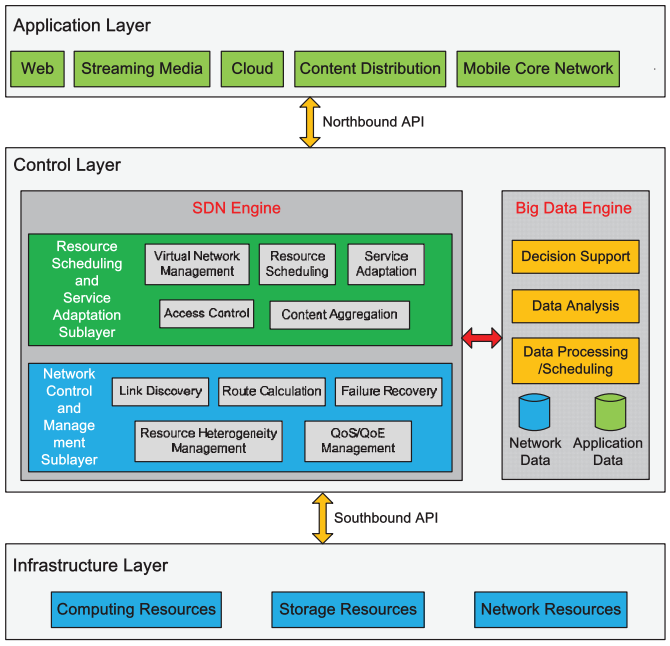
Fig.1 Architecture of the data-driven intelligent future network.
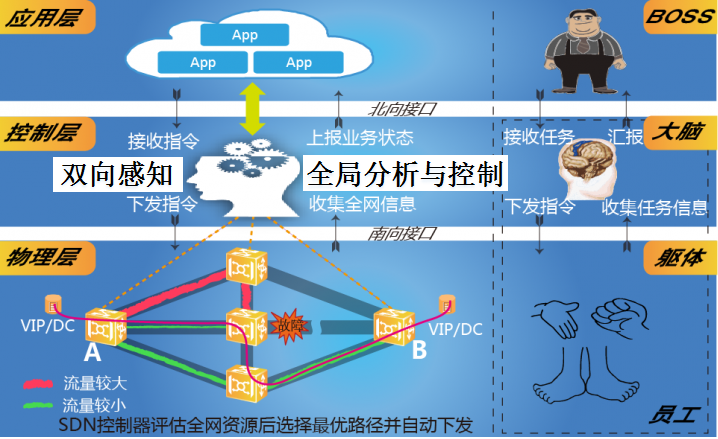
Fig.2 Bidirectional perception-based intelligent SDN routing.
Related Projects:
北京工业大学“优秀人才”计划,大数据驱动的资源调度与内容分发控制系统,2019/01-2023/12,100万,结题,主持
航天X院国家工程项目,XXX车电一体化网络管理与控制研究,2023/07-2024/12,99万,在研,主持
国家863高技术研究发展计划子课题,2015AA016101,面向服务的软件定义网络体系架构与关键技术研究,2012/05-2013/06,28.2万,结题,参加
Intelligent Cloud-Edge-Terminal Cooperation Computing
In order to meet the service requirements of the emerging applications such as extended reality, 8K ultra-high definition video transmission and industrial Internet of Things in terms of massive user access, heterogeneous mobile traffic processing, ultra-low latency, ultra-high reliability and other aspects, cloud-edge-terminal collaboration, as the core of cloud radio access networks (C-RAN), has been increasingly concerned and risen to the height of national development strategy. At present, the problem on cooperative allocation and optimization of cloud-edge-end resources in C-RAN is still in the initial research stage, lacking systematic and in-depth research, which makes it difficult to adaptively guarantee the differentiated service requirements of network business. Therefore, by sorting out and referring to the research ideas and methods related to cloud computing and fog computing, and drawing on future network concepts such as "separation of control and forwarding" in software-defined networking and "in-network caching" in information-centric networking, we focus on collaborative allocation and intelligent optimization mechanisms of service-driven C-RAN resources from the perspective of cross-layer and cross-domain cooperation.
To improve the overall service capacity and satisfy the differentiated service requirements of massive applications, key technologies such as multi-user-oriented cross-layer collaboration allocation and intelligent optimization of cloud-edge-terminal resources, multi-business-oriented cross-layer collaboration and intelligent resource allocation, multi-business-oriented cross-domain collaboration and intelligent resource allocation will be solved in C-RAN environments, providing customized service for network applications. Through intelligent cloud-edge-terminal collaboration computing, the "last mile" on the access side is opened up, realizing end-to-end customized intelligent service capabilities.
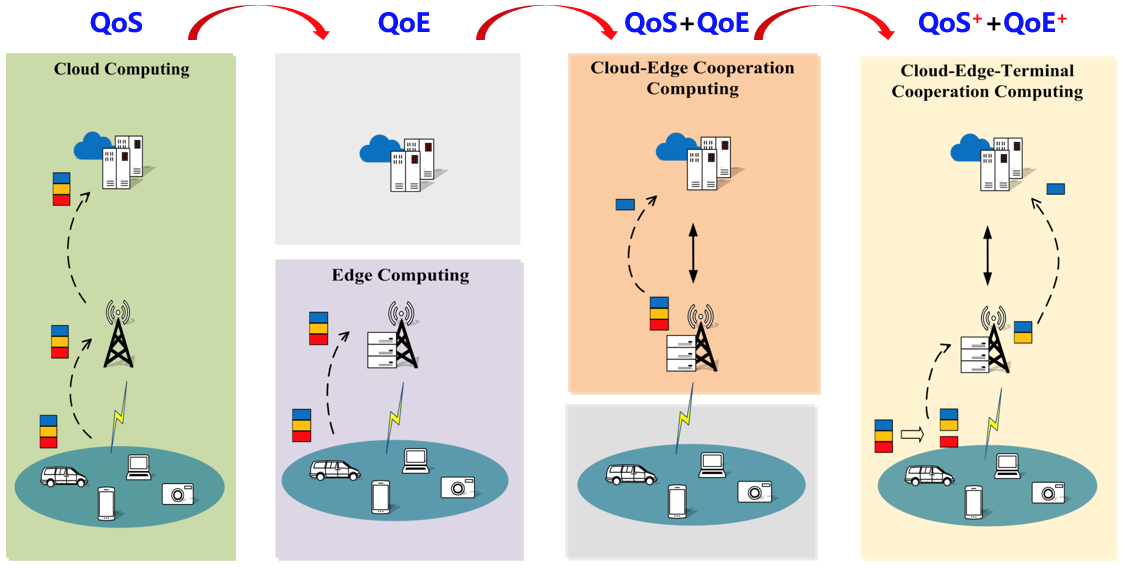
Fig.3 Shift from cloud computing to cloud-edge-terminal cooperation computing.
Related Projects:
北京市科委“科技新星”人才项目,Z191100001119094,面向边缘智能的资源管控与优化技术研究,2019/11-2023/08,50万,结题,主持
广西壮族自治区信息中心,面向复杂动态业务的云边端资源协同分配与智能优化技术研究,2023/01-2024/12,15万,在研,主持
UAV-Assisted Image Processing
In order to solve the problems of communication interference and lack of unmanned aerial vehicle (UAV) coordination faced in the existing low-altitude UAV trajectory planning in cities, the intelligent obstacle avoidance and route optimization of low-altitude UAVs can be achieved through real-time analysis of aerial images taken by multiple UAVs.
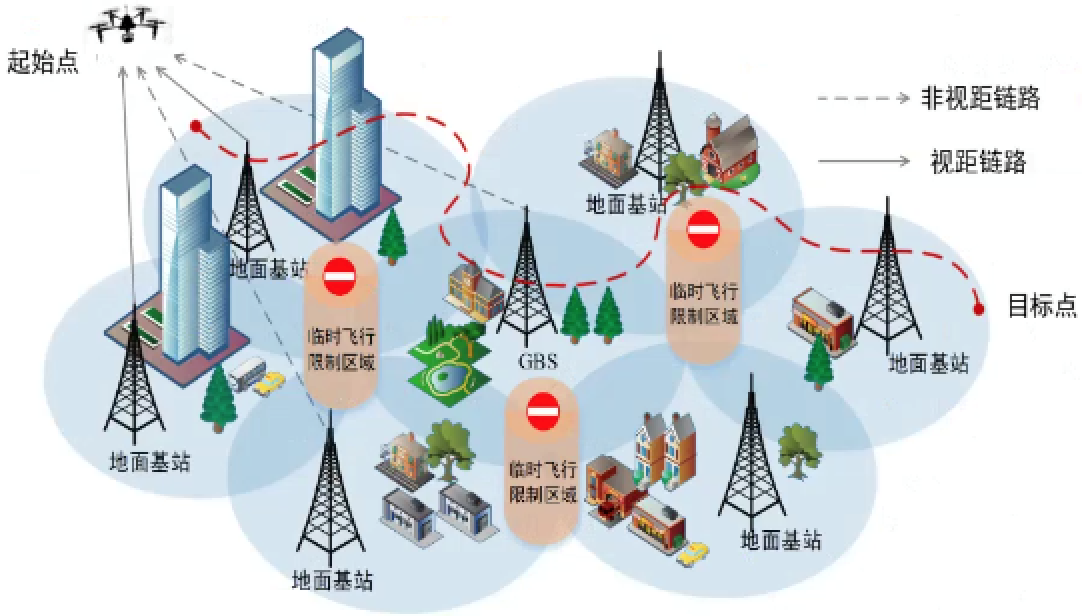
Fig.4 Single UAV trajectory planning scenario
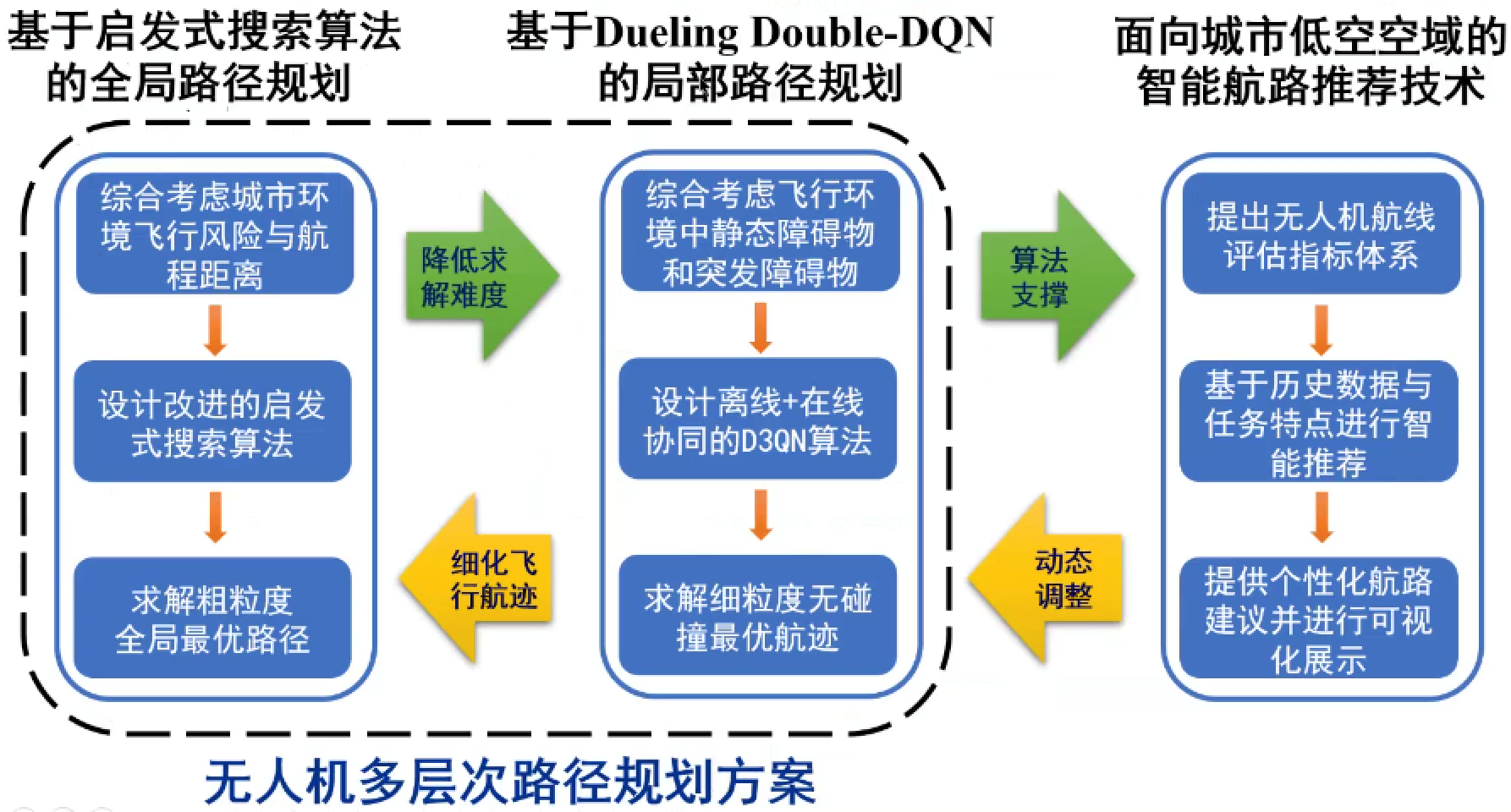
Fig.5 Design of multi-UAV hierarchical trajectory planning scheme